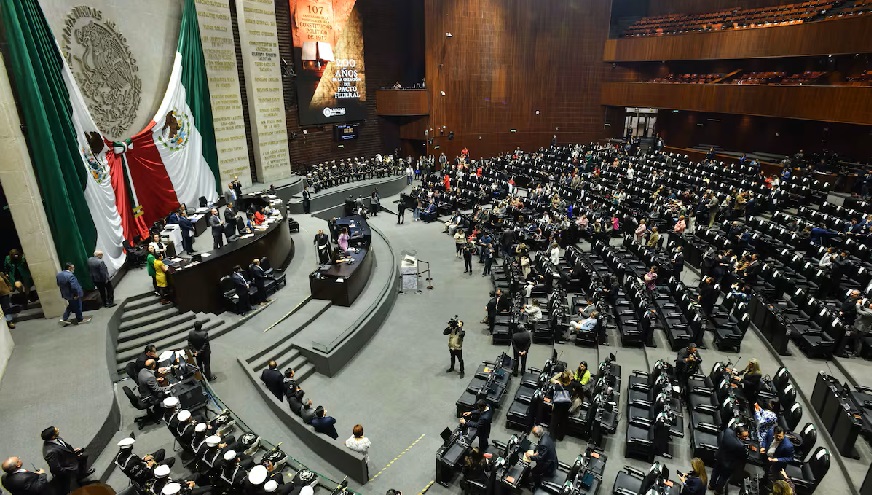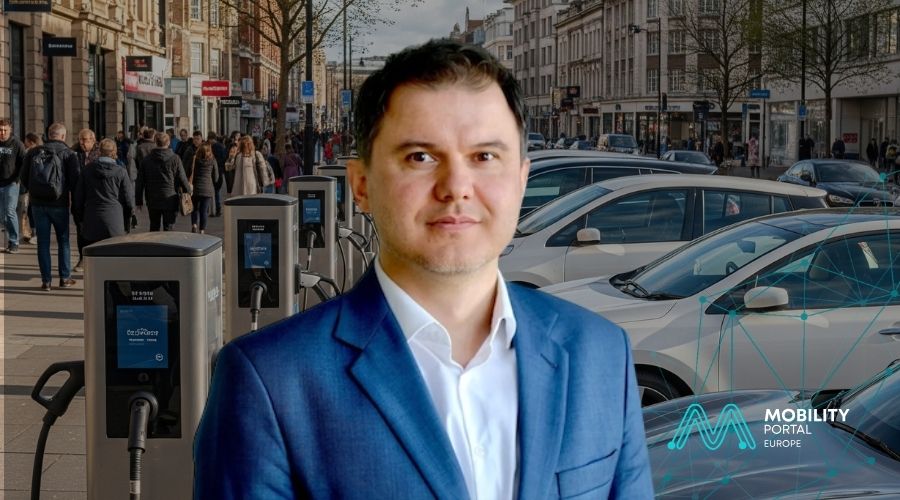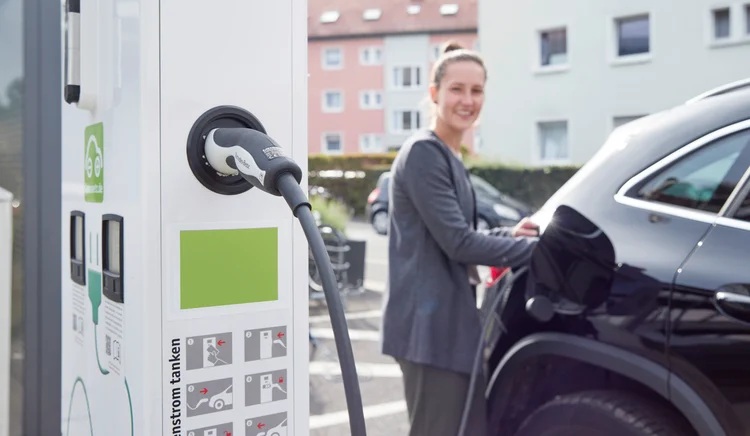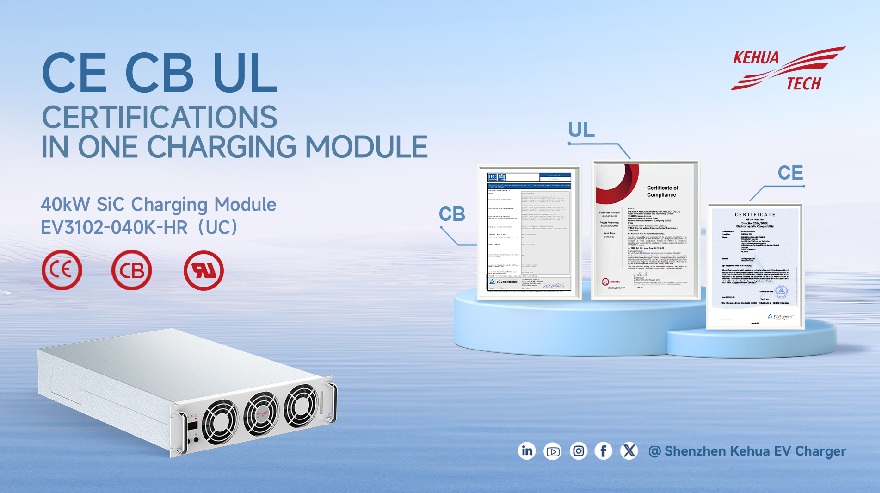At a pivotal moment in Mexico’s energy transition, the country’s legislature is debating two key initiatives that seek to establish electromobility as a state policy.
Although distinct in legal form, both proposals share the common goal of advancing low-emission transport and aligning with international climate commitments.
One proposal, presented by Senator Mauricio Vila Dosal, is a targeted reform to the General Law on Mobility and Road Safety.
The other, authored by Deputies Alma Delia Navarrete Rivera and Alma Monserrat Córdoba Navarrete, proposes the creation of a comprehensive new Law for the Promotion of Electromobility.
Mobility Portal Latin America has analysed both proposals to highlight their key elements, similarities, and differences.
Vila Dosal’s Proposal: A Reform to Integrate Sustainability
Submitted to the Senate in April 2025, this initiative amends Article 4 of the General Law on Mobility and Road Safety with the aim of incorporating sustainable and low-emission transport as guiding principles in mobility planning.
“It is urgent to take measures that help reduce pollutant emissions from land transport, which pose a risk to public health and the environment,” states Vila Dosal in the proposal’s justification.
The senator notes that while the current wording of the law refers to sustainability, it lacks explicit direction toward clean technologies such as electromobility.
He therefore proposes introducing guidelines that prioritise integrated public transport systems using low-emission technologies.
“Transport must cease to be a significant source of pollution and become a factor that contributes to social wellbeing and the fulfilment of Mexico’s international commitments,” Vila Dosal adds.
The Law for the Promotion of Electromobility: A Comprehensive, Specialised Framework
In contrast, the initiative driven by Deputies Navarrete Rivera and Córdoba Navarrete – first presented in 2024 and reintroduced in November that year – seeks to establish a standalone legal framework for the development of electric mobility in Mexico.
Unlike the Senate proposal, this bill aims to regulate the sector through a dedicated and specialised piece of legislation.
“Electromobility is emerging as an effective alternative to reduce emissions, optimise clean energy use, and improve air quality in urban areas,” states the legislative document.
Key pillars of the law include:
- The creation of a National Electromobility Strategy.
- The introduction of fiscal and financial incentives for users and companies.
- Development of electric charging infrastructure in coordination with state and municipal governments.
- Promotion of scientific research, technological development, and talent formation in the sector.
The proposal also includes definitions for electric vehicle classifications and establishes guidelines for incorporating electric vehicles into government fleets.
Common Ground: Climate Commitments and Focus on Low Emissions
Both proposals share several key objectives:
- They are aligned with the Paris Agreement and the 2030 Agenda, reflecting Mexico’s international climate commitments.
- They stress the need to transform land transport, which currently accounts for over 20% of the country’s greenhouse gas emissions.
- They aim to strengthen coordination across all three levels of government and promote public–private collaboration.
- They recognise the strategic role of electric public transport as a cornerstone of sustainable mobility.
Key Differences: Legal Approach and Regulatory Scope
However, the proposals differ in legal nature and operational reach:
- Vila Dosal’s proposal is a targeted reform, integrating a sustainability vision into an existing legal framework. It steers overall mobility planning towards clean technologies but does not establish specific measures or implementation tools.
- In contrast, the Navarrete Rivera and Córdoba Navarrete initiative is a fully-fledged law, with its own chapters, objectives, and mandates. It regulates incentives, creates new obligations, and outlines a detailed roadmap for developing electromobility.
This contrast suggests that the two initiatives could be complementary: the reform provides a general legal orientation, while the new law offers practical instruments for implementation.
Current Status of Both Initiatives
Both proposals have been formally submitted and referred to committees for review. As of this publication, neither has been approved or shelved and both remain under legislative discussion.
The Electromobility Promotion Law was relaunched in November 2024 and is currently being examined by the Joint Committees on Mobility and Environment, with input from the Budget and Public Accounts Committee.
Meanwhile, the Vila Dosal reform is under review by Senate committees.
The simultaneous consideration of both bills reflects a growing political will to provide Mexico with clear and modern legislation on electric mobility.
“We need to transform our cities into spaces where public transport is the most efficient, accessible, and cleanest option for everyone,” concludes Vila Dosal – a sentiment that captures the essence of both initiatives.
READ MORE
-
Krizansky (E-Mobility Europe): “Many CPOs are unwilling to offer competitive roaming prices”
The European Union has surpassed 1 million charging points. However, this progress must be matched by improvements that enhance user experience. Which key areas need attention?
-
UTA Enred expands: clients can now access 925,000+ charging points across more countries
UTA Edenred expands UTA eCharge to Switzerland, the UK, Denmark, Sweden, Norway, and Finland, meeting all the needs of electric vehicle fleets.
-
Kehua’s 40kW SiC Module certified for compliance with key international standards
This charging module from Shenzhen Kehua has successfully obtained international certifications, including CE, CB and UL, which ensure compliance with major global market standards.









